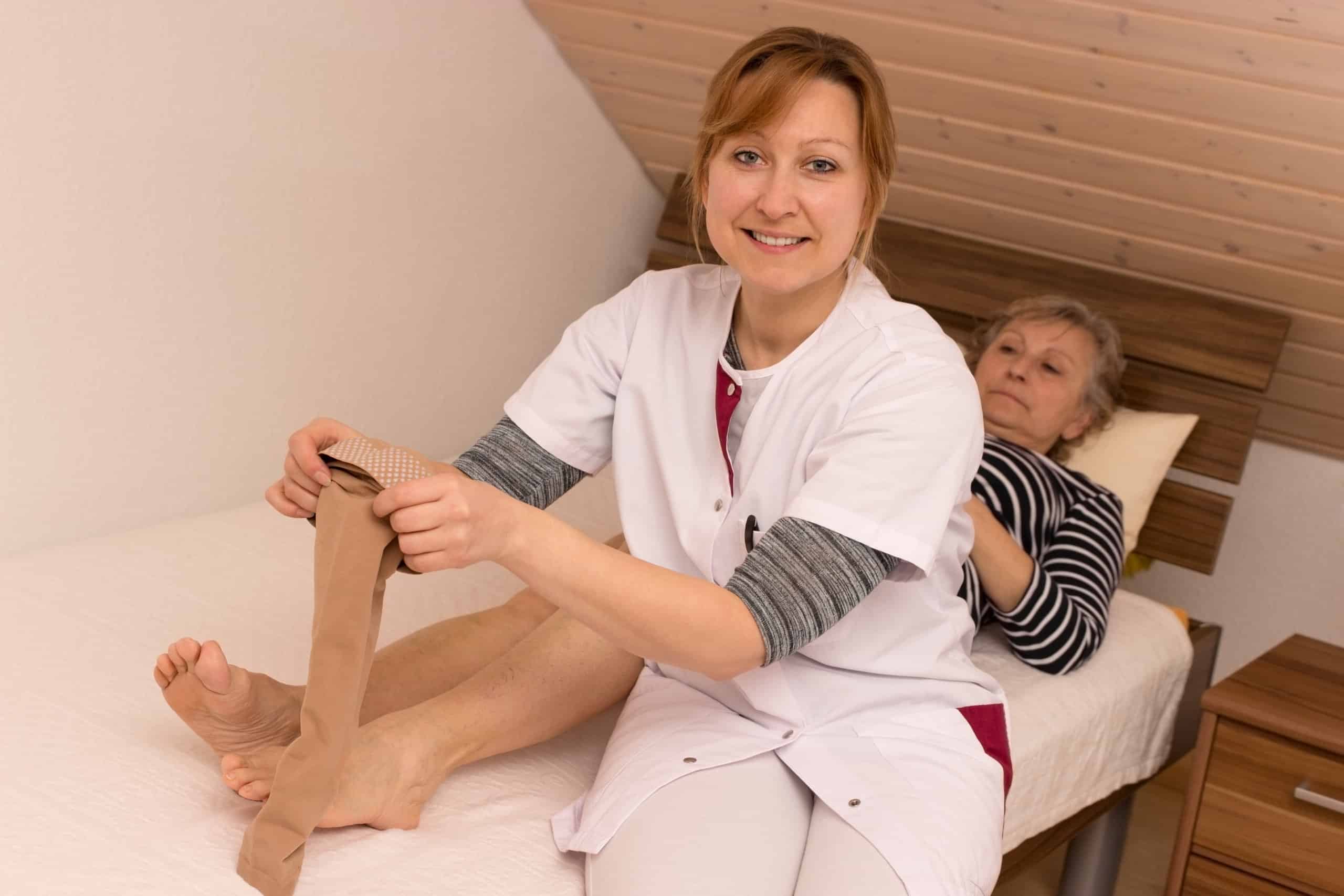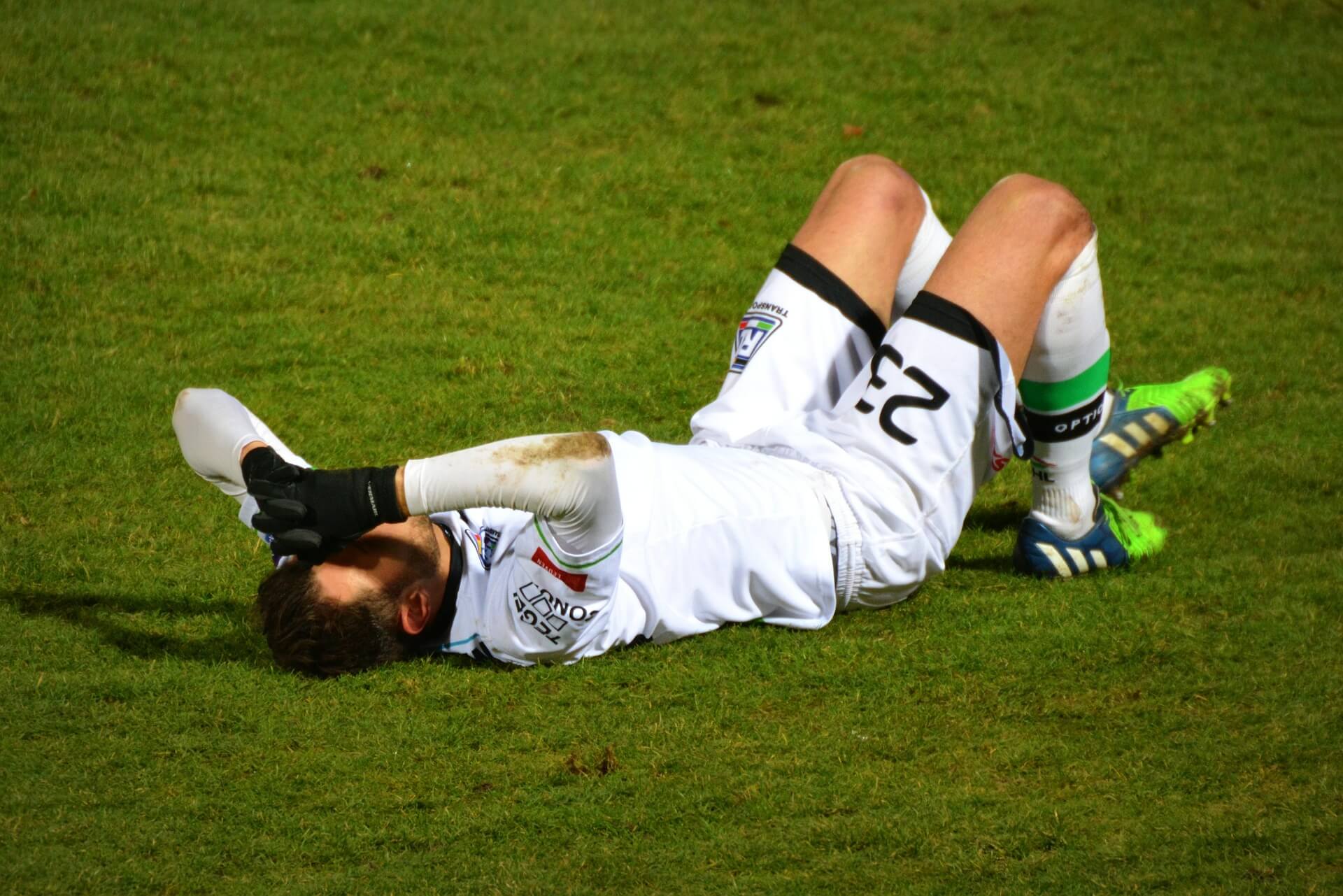How Does Graduated Compression Work?
Graduated compression is a typical and extremely effective way of managing and recovering from a variety of accidents and chronic diseases associated with the flow of blood from the lower extremities. Problems that may be addressed through graduated compression include varicosities, lymphedema, venous eczema and ulceration, deep vein thrombosis, post-thrombotic syndrome, shin splints, calf cramps/strains, and Achilles tendonitis. In this post, we will answer the question “How Does Graduated Compression Work?” and clarify how graduated compression stockings and socks work to manage and relieve these afflictions.
How Does Graduated Compression Work?
Graduated compression works through using special compression sleeves, bandages, stockings or socks. These socks, stockings or sleeves exert the greatest level of compression at the ankle. The compression gradually decreases over the garment and into the upper leg. The amount of compression at the peak of the garment is generally around 70% of the applied at the bottom level.Since the pressure exerted at the level of the ankle is considerably greater than that higher up, graduated socks and stockings fight the effect of gravity and help the blood to return through the veins towards the center of the body.
Graduated compression is not only for people who have developed venous issues in the lower body. It can also help athletes of any age and ability level function at their best.
How can graduated compression work to help athletes or other individuals with circulatory problems?
Let us begin with a brief overview of the role played by oxygen and blood in physical action.
How Do Blood And Oxygen Promote Improved Health And Physical Activity?
Much-needed oxygen is sent to our muscles through blood pumped from the heart. When the cells use the oxygen and other nutrients from the bloodstream, the deoxygenated blood, together with lactic acid and other waste products, enters the veins and is sent back to the heart to the process to be repeated.
Keeping oxygenated blood flowing to muscles is important for performance. The more oxygen that the cells have, the better they will operate and the less exhausted they will be.
Graduated compression fights the effects of gravity and helps to return deoxygenated blood into the heart. It will also help maintain healthy legs for the non athlete. Greater speed of blood flow through veins means that the blood that has been depleted of oxygen will return to the heart quicker. This increases your rate of recovery and reduces muscle soreness. The quicker removal of lactic acid from the legs also assists this process.
Compression additionally calms the muscle and reduces vibrations, resulting in diminished fatigue.
Additionally, utilizing graduated compression sleeves or sleeves can aid a whole lot in handling and recovering from an accident, especially in alleviating pain. It also allows for more active recovery sessions and prevents new or recurring injuries.
Graduated compression works well in conjunction with other pain and injury management methods.These include proper rest, massage therapy, stretching and strengthening of associated structures within the body. They also include wearing suitable footwear and physical treatment.
Conclusion
At this point, you should now have a greater understanding of the operation of graduated compression. You should currently be in a position to react effectively to the question “How Does Graduated Compression Work?” .




